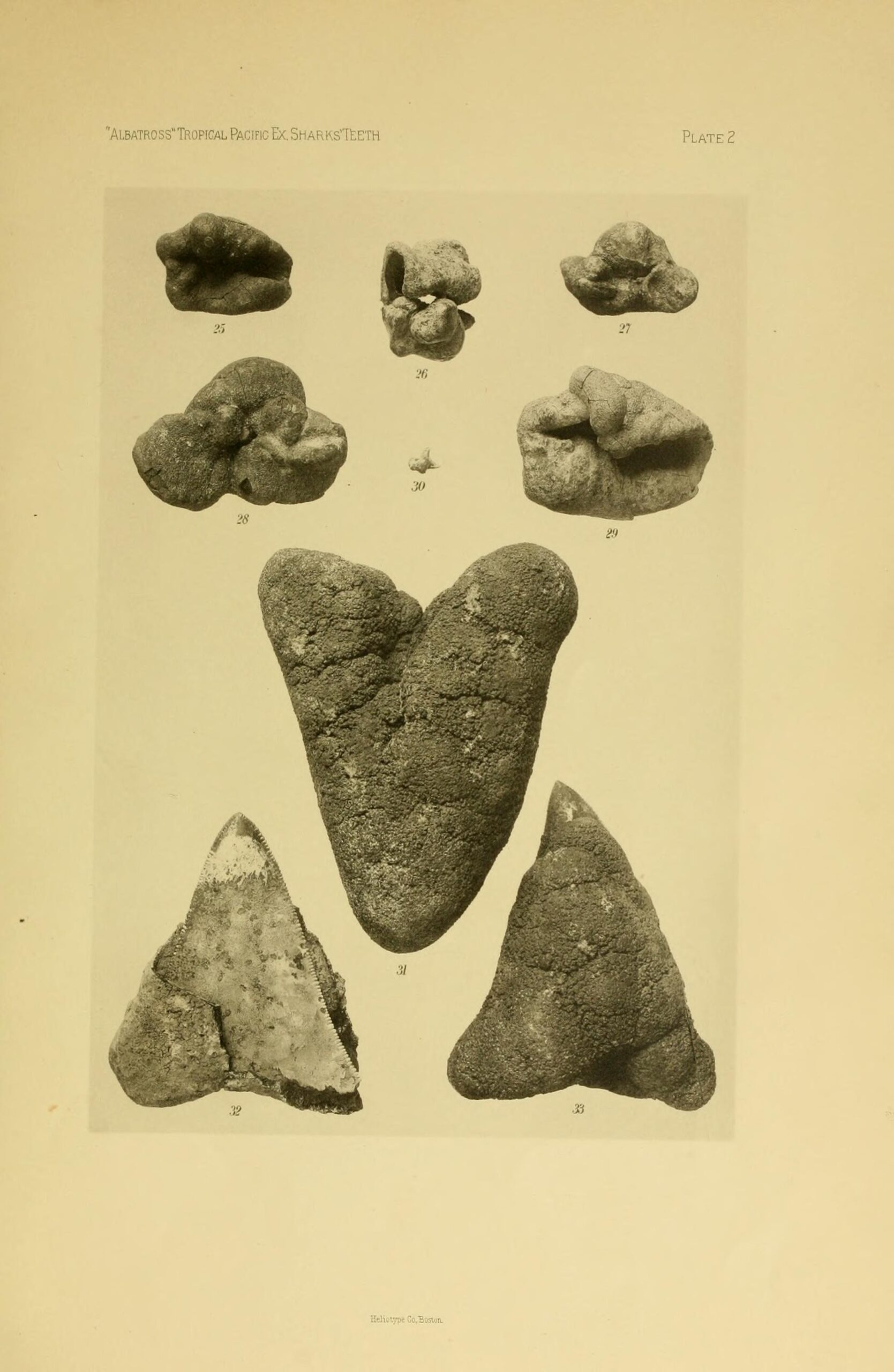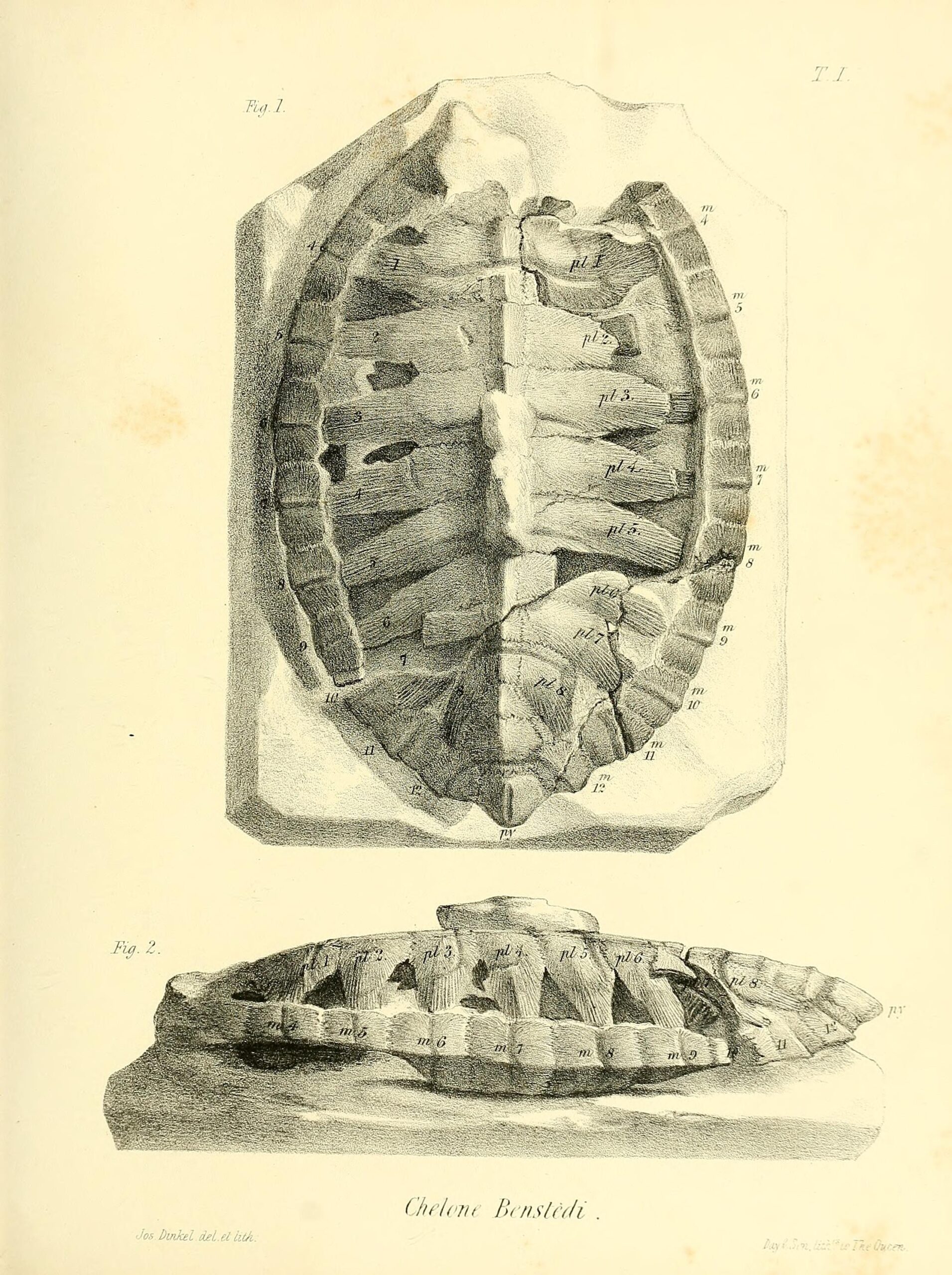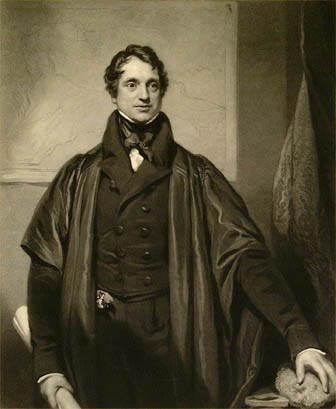Imagine walking through a treasure trove where time itself seems frozen in stone, where ancient creatures that once ruled our planet lie preserved in silent testimony to Earth’s incredible history. The Sedgwick Museum of Earth Sciences at Cambridge University stands as one of Britain’s most remarkable windows into our planet’s deep past, housing collections that span billions of years and tell stories that would make even the most vivid imagination pale in comparison.
The Genesis of a Geological Giant

The Sedgwick Museum’s story begins with one man’s extraordinary passion for understanding Earth’s history. Adam Sedgwick, the museum’s namesake, wasn’t just any geology professor – he was a revolutionary thinker who helped shape our modern understanding of geological time. When Cambridge established its geological collections in the early 1800s, Sedgwick transformed what could have been a dusty academic repository into something far more ambitious.
His vision extended beyond mere collection; he wanted to create a living laboratory where stones could speak and fossils could tell their ancient tales. The museum officially opened its doors in 1904, but its roots stretch back to Sedgwick’s own fieldwork adventures across Britain and beyond. Today, visitors can still feel that pioneering spirit as they wander through galleries that house over two million specimens.
The Crown Jewel: Iguanodon’s Cambridge Connection
Among the museum’s most celebrated residents stands an Iguanodon skeleton that has captured imaginations for generations. This massive herbivore, stretching nearly 10 meters in length, represents far more than just impressive bones arranged in a display case. The specimen tells a fascinating story of scientific detective work and changing theories about how these ancient giants actually lived and moved.
What makes this particular Iguanodon special isn’t just its size, but the role it played in overturning long-held misconceptions. For decades, scientists believed these creatures dragged themselves around like giant lizards, but evidence from specimens like Cambridge’s helped prove they were actually sophisticated bipedal walkers. Standing before this magnificent skeleton, visitors often find themselves transported back 125 million years, imagining vast herds of these gentle giants roaming ancient landscapes.
Fossil Firsts That Rewrote History Books
The Sedgwick Museum holds the distinction of housing several “fossil firsts” – specimens that were among the earliest of their kind to be discovered and scientifically described. These groundbreaking finds didn’t just fill gaps in museum displays; they fundamentally changed how we understand life’s evolution on Earth. Each first discovery opened new chapters in the story of our planet’s biological history.
One particularly significant first involves early plant fossils that revealed when and how life first colonized land. These seemingly modest specimens represent one of the most dramatic transitions in Earth’s history – the moment when our planet transformed from a largely aquatic world to one where continents bloomed with green life. The museum’s collection includes some of the earliest evidence of this monumental shift, preserved in rocks that are hundreds of millions of years old.
The Hidden World of Microscopic Marvels
While massive dinosaur skeletons might grab headlines, some of the museum’s most scientifically important specimens are barely visible to the naked eye. The microscopic fossil collection contains countless tiny organisms that once formed the foundation of ancient food webs. These minuscule marvels include foraminifera, radiolarians, and other single-celled creatures whose shells accumulated on ancient sea floors.
These microscopic fossils serve as incredibly precise time markers, allowing geologists to date rock layers with remarkable accuracy. Think of them as nature’s own timestamp system – each species lived for specific periods, so finding their fossils in rock layers immediately reveals the age of those formations. For oil companies and climate researchers, these tiny fossils are worth their weight in gold, providing crucial data about past environmental conditions.
Darwin’s Personal Collection Legacy
Few visitors realize they’re walking among specimens that once belonged to Charles Darwin himself. The museum houses parts of Darwin’s personal geological collection, including rocks and fossils he gathered during his transformative voyage aboard the HMS Beagle. These specimens didn’t just sit on Darwin’s shelves – they helped shape his revolutionary thinking about evolution and Earth’s history.
Among these treasures are fossil shells from South America that puzzled Darwin with their unexpected locations high in the Andes mountains. These finds contributed to his understanding of geological uplift and deep time, concepts that became crucial to his later work on evolution. Touching the same specimens that influenced one of history’s greatest scientific minds creates an almost electric connection to the development of modern scientific thought.
The Cambridge Earthquake That Never Was
One of the museum’s most intriguing geological stories involves evidence of ancient seismic activity that rocked the Cambridge area millions of years ago. Carefully preserved rock formations show clear signs of prehistoric earthquakes, complete with fault lines and displaced layers that tell dramatic tales of Earth’s restless past. These geological scars provide fascinating insights into how different our local landscape once was.
The evidence suggests that ancient Cambridge experienced geological upheavals that would dwarf anything in recorded British history. Massive earth movements shifted entire rock formations, creating the complex underground geology that modern Cambridge sits upon. This prehistoric drama played out over millions of years, shaping the very ground beneath the university’s ancient buildings.
Tropical Cambridge: When Britain Basked in Ancient Heat

Fossil evidence in the Sedgwick Museum reveals a shocking truth about Britain’s climate history – this island nation once enjoyed tropical conditions that would make modern holidaymakers envious. Plant fossils show that palm trees, giant ferns, and other heat-loving vegetation once thrived where Cambridge now stands. The transformation from tropical paradise to temperate climate represents one of Earth’s most dramatic environmental shifts.
These ancient climate indicators don’t just satisfy scientific curiosity; they provide crucial data for understanding how climate systems respond to change. By studying how Britain’s climate evolved over millions of years, researchers gain valuable insights into the complex factors that drive long-term environmental shifts. The fossil evidence suggests that Earth’s climate system is far more dynamic and changeable than many people realize.
The Great Extinction Events Preserved in Stone
The museum’s collections contain haunting evidence of the mass extinction events that periodically devastated life on Earth. Layers of rock tell stories of times when up to 90% of all species vanished, leaving behind only their fossilized remains as monuments to these ancient catastrophes. The Permian-Triassic extinction, often called the “Great Dying,” is particularly well-represented in the museum’s specimens.
These extinction boundaries aren’t just academic curiosities – they’re sobering reminders of life’s fragility and the dramatic changes that can reshape entire planetary ecosystems. The fossil record shows that even the most successful and widespread species can disappear almost overnight in geological terms. Studying these ancient extinctions helps scientists understand the warning signs and potential triggers for similar events in Earth’s future.
Treasure Hunters and Victorian Fossil Fever
The Victorian era brought an unprecedented fever for fossil collecting, and the Sedgwick Museum benefited enormously from this passionate pursuit of prehistoric treasures. Amateur collectors, many of them wealthy enthusiasts with time and resources to spare, scoured beaches, quarries, and road cuts in search of spectacular specimens. Their donations and sales built much of the museum’s core collection.
Some of these Victorian fossil hunters became legendary figures in their own right. Mary Anning, though not directly connected to Cambridge, inspired a generation of collectors whose finds eventually made their way into the museum’s displays. The social phenomenon of fossil collecting created networks of correspondence and specimen exchange that connected amateur enthusiasts with professional geologists across Europe and beyond.
Modern Scientific Techniques Unlock Ancient Secrets

Today’s researchers use sophisticated techniques that would have seemed like magic to Victorian fossil hunters. CT scanning reveals internal structures without damaging precious specimens, while chemical analysis can determine ancient temperatures and atmospheric conditions. The Sedgwick Museum’s specimens continue yielding new discoveries as these advanced techniques uncover secrets hidden for millions of years.
One particularly exciting development involves extracting ancient DNA from fossils, though this remains challenging and controversial. Even without genetic material, modern analytical techniques can reveal details about ancient creatures’ diets, growth rates, and even their colors. Some fossils in the museum have been reanalyzed multiple times as new techniques become available, each investigation adding fresh chapters to their stories.
The Educational Impact Beyond University Walls
The Sedgwick Museum’s influence extends far beyond Cambridge’s academic community, inspiring countless school children and amateur naturalists to pursue their own geological adventures. Educational programs bring the museum’s treasures to life through hands-on activities, fossil identification workshops, and guided tours that transform ancient stones into compelling narratives.
Many professional geologists trace their career beginnings to childhood visits to museums like the Sedgwick, where seeing real fossils first sparked their lifelong fascination with Earth’s history. The museum’s public engagement efforts ensure that these scientific treasures continue inspiring new generations of earth scientists, paleontologists, and curious minds who will carry forward humanity’s quest to understand our planet’s deep past.
Conservation Challenges and Future Preservation
Preserving fossils for future generations presents unique challenges that go beyond simply keeping specimens dust-free. Many fossils are surprisingly fragile, susceptible to changes in temperature, humidity, and even air quality. The museum’s conservation team works tirelessly to ensure that specimens collected centuries ago remain available for researchers and visitors centuries from now.
Climate change adds new urgency to these preservation efforts, as changing environmental conditions threaten both stored collections and fossil sites still in the ground. The museum increasingly serves as an ark for Earth’s paleontological heritage, safeguarding irreplaceable specimens that might otherwise be lost to development, erosion, or other destructive forces. This responsibility weighs heavily on curators who understand they’re protecting humanity’s only record of deep time.
Digital Revolution Meets Ancient History
The digital age has transformed how museums share their collections with the world, and the Sedgwick Museum has embraced these new possibilities with enthusiasm. High-resolution photography, 3D modeling, and virtual reality experiences allow people anywhere in the world to explore specimens that were once accessible only to Cambridge visitors. This digital outreach dramatically expands the museum’s educational impact.
Online databases now make the museum’s vast collections searchable by researchers worldwide, accelerating scientific collaboration and discovery. A paleontologist in Australia can now examine detailed images of Cambridge specimens while planning fieldwork, while students in remote locations can access educational resources that bring the museum’s treasures directly to their classrooms. Technology bridges geographical gaps that once limited access to these scientific treasures.
Conclusion: Time’s Endless Classroom
The Sedgwick Museum stands as more than just a repository of ancient specimens – it’s a testament to human curiosity and our endless quest to understand our place in the universe. Every fossil tells multiple stories: the ancient creature it once was, the environment it lived in, the geological processes that preserved it, and the human dedication that brought it to light. These layered narratives create a rich tapestry that connects past, present, and future in ways that continue surprising and inspiring visitors.
As we face modern environmental challenges, the museum’s collections offer both sobering warnings and hopeful examples of life’s incredible resilience. The fossil record shows that while individual species and even entire ecosystems can vanish, life itself has shown remarkable ability to recover, adapt, and evolve in response to changing conditions. These ancient lessons remain startlingly relevant as we navigate our own uncertain environmental future.
Walking through the Sedgwick Museum’s galleries, surrounded by evidence of deep time and evolutionary change, visitors often experience a profound shift in perspective about their own place in Earth’s ongoing story. We’re not separate from natural history – we’re part of it, temporary custodians of a planet whose story stretches back billions of years and will continue long after we’re gone. What will future paleontologists make of the fossils we leave behind?



